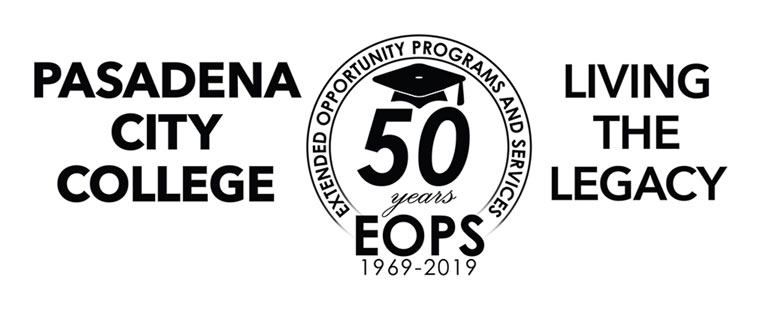Program History

The roots of EOP&S (Extended Opportunity Programs and Services) lay in the activities and social unrest of the Civil Rights Movement of the 1960s. During this time, lawmakers began to realize the important need to address the existing injustices and inequalities. In 1969, Senate Bill 164 was passed, establishing EOP&S within the California Community College system as a way to help those who were both educationally and economically disadvantaged to successfully create a future through educational and life-skills development.
The first EOPS programs started in Spring 1970 at 46 community colleges. Today, EOP&S exists in all 114 community colleges in California.
Since starting at PCC, our EOP&S program has continued to provide our students with guidance, motivation, support services, and resources to help them complete their educational goals, including vocational certificates, associate degrees, and transferring to four-year institutions.
The Story Behind the Nickel and the Nail
In November 1971, the Executive Committee of the California Community College EOPS Association (CCCEOPSA) adopted the Nickel and Nail as the symbol of aid offered to many California community college students through EOP&S.
How did a nickel and nail come to represent a successful effort at helping provide the motivation and means to thousands of young people with thousands of different needs?
The story goes that a young man some years back in the Deep South was walking down a dusty road to visit a lady friend, all too aware that the nickel in his pocket was all he had to the world. That emptiness tore away at his self-esteem.
But, as he walked, he noticed two gnarled horseshoe nails that were twisted together and lying by the road. He picked them up and put them in his pocket, and as the metal jingled against his meager fortune, the young man walked a little straighter, with a little more pride and dignity.
It is important to have “something to jingle”. EOPS works to enhance self-esteem, foster pride and dignity, and motivate people to effectively define and pursue career goals.
The nails twisted into a puzzle, suggesting the problem has yet to be unraveled for helping who, by circumstances of the society in which we live, have been limited in meeting their own educational challenges.
